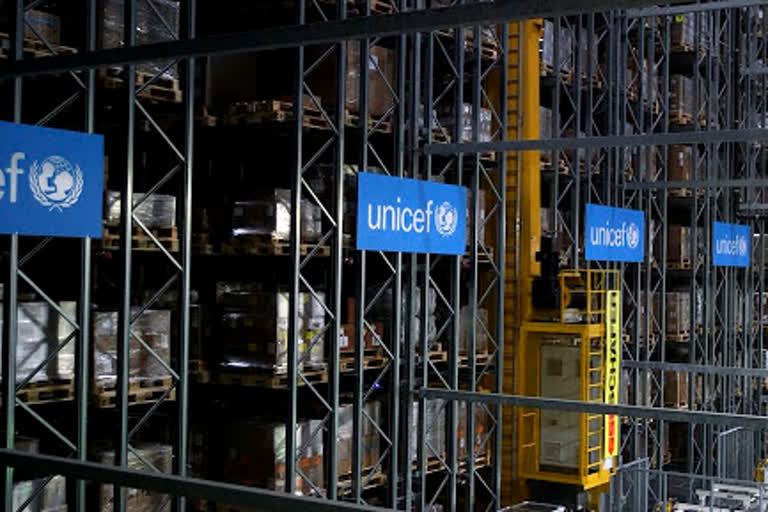Gampela: From factory to a syringe, the world's most promising coronavirus vaccine candidates need nonstop sterile refrigeration to work.
But despite great strides in equipping developing countries to maintain the vaccine "cold chain," nearly 3 billion of the world's 7.8 billion people live in places with insufficient temperature-controlled storage for an immunization campaign to bring COVID-19 under control.
The result: Poor people around the world are likely to be the last to emerge from the pandemic. The cold chain hurdle is just the latest disparity of the pandemic weighted against the poor, who more often live and work in conditions that allow the virus to spread and whose health systems are not equipped for large-scale testing.
Maintaining the cold chain for coronavirus vaccines won't be easy in the richest of countries, especially when it comes to the handful of candidates that require ultracold temperatures of around minus 70 degrees Celsius (minus 94 F). Logistics experts say most of Africa and much of Southeast Asia, Central Asia and Latin America lack the infrastructure to preserve even more conventional vaccines.
A tiny medical clinic outside Burkina Faso's capital that went nearly a year without a working refrigerator is a microcosm of how the cold chain can break.
The clinic in Gampela couldn't keep vaccines on-site once its refrigerator broke last fall, nurse Julienne Zoungrana said. Staff members use motorcycles to fetch vials from a hospital in the capital, Ouagadougou and must make a second trip to return unused doses.
When Adama Tapsoba, 24, needs to take her baby for routine immunizations, she walks four hours to reach the clinic and often waits hours for a doctor. The mother of two thinks it will be difficult for her family to get coronavirus vaccines.
"People will have to wait at the hospital, and they might leave without getting it," she said.
To uphold the cold chain in developing nations, international organizations have overseen the installation of tens of thousands of solar-powered vaccine refrigerators. Keeping temperature-sensitive vaccines safe from beginning to end also requires reliable electricity, sound roads and planning.
For poor countries like Burkina Faso, the best chance for receiving supplies of a coronavirus vaccine is through the Covax initiative, led by the World Health Organization and the Gavi vaccine alliance. The goal of Covax is to place orders for multiple promising candidates to distribute successful ones equitably.
Read more:China's COVID-19 Vaccine Is Safe, Prompts Antibody Response
The UN's children's agency, UNICEF, began laying the groundwork for global distribution months ago in Copenhagen. At the world's largest humanitarian aid warehouse, logistics staff try to foresee shortages in part by learning from the past, especially the spring chaos surrounding masks and other protective gear that were commandeered off-airport tarmacs or stolen for black-market trade.
Cracks in the cold chain start once a vaccine leaves the factory. Cargo ships are too slow for vaccines with a limited shelf life. Carrying vaccines by air at cold temperatures costs a lot more, and air cargo traffic is only now rebounding from pandemic-related border closures.
